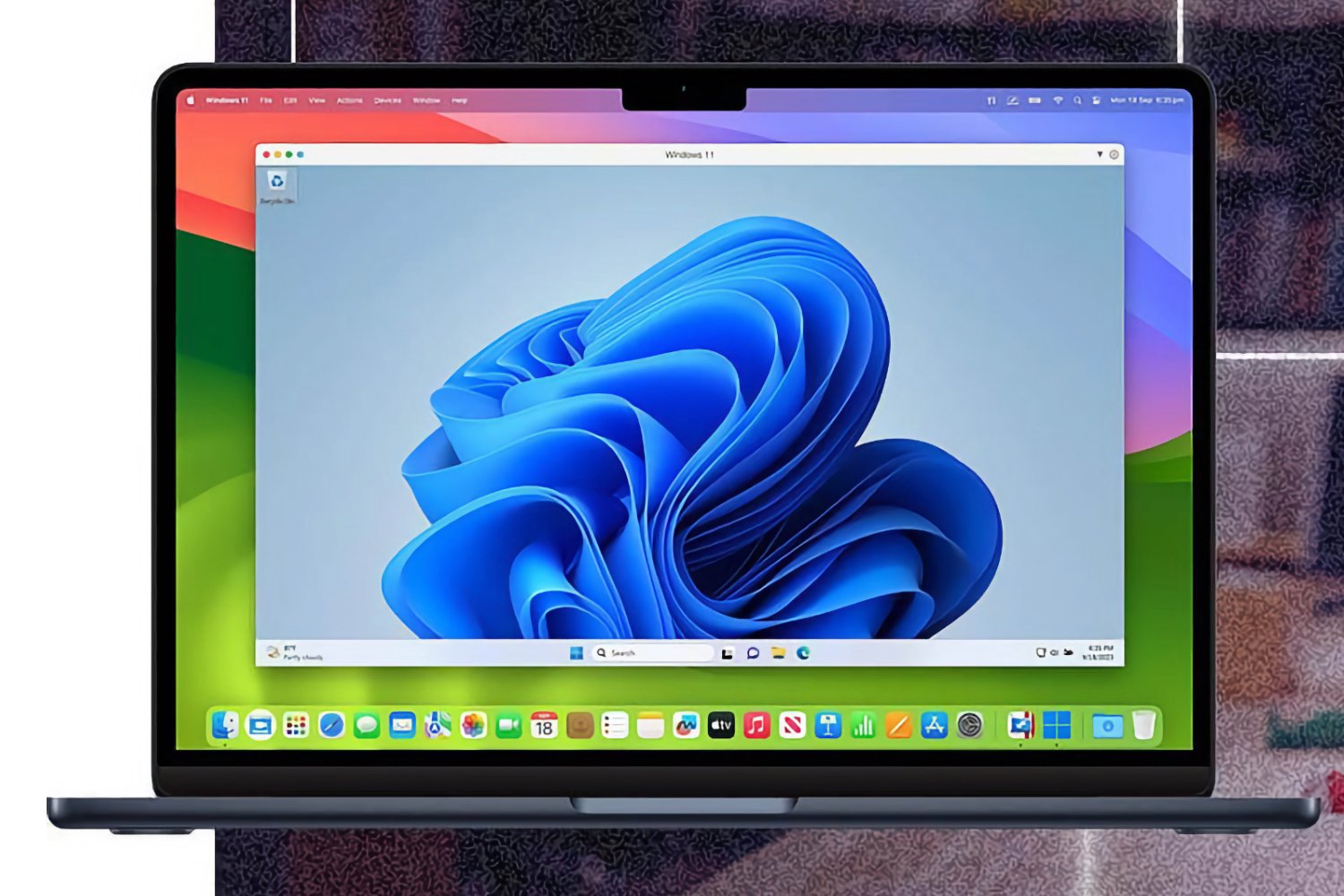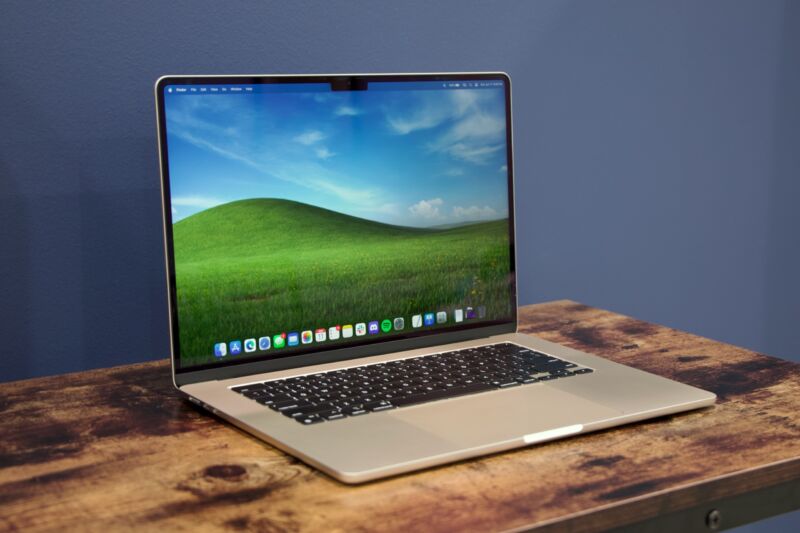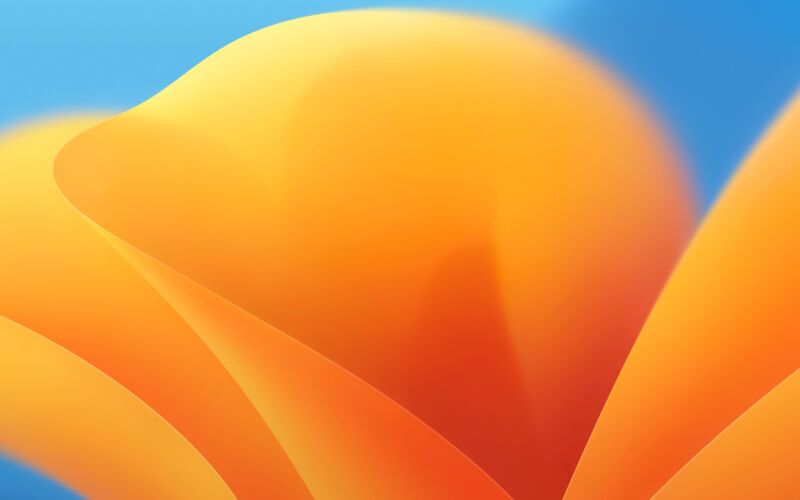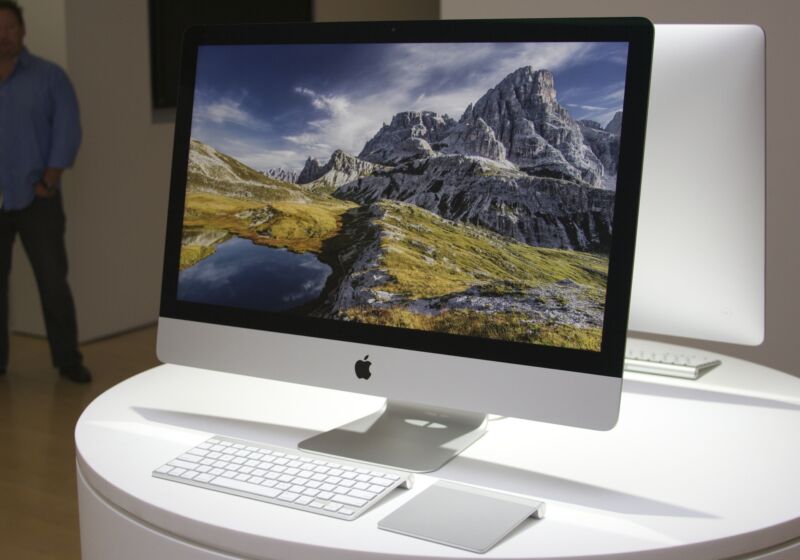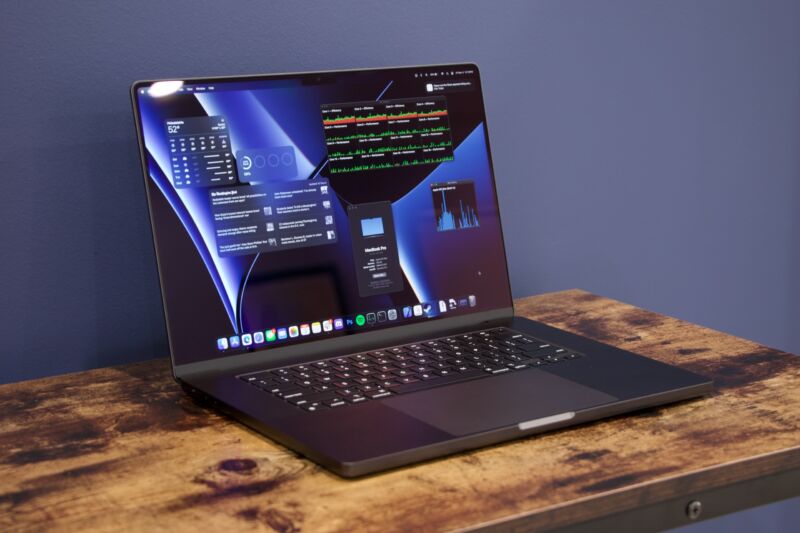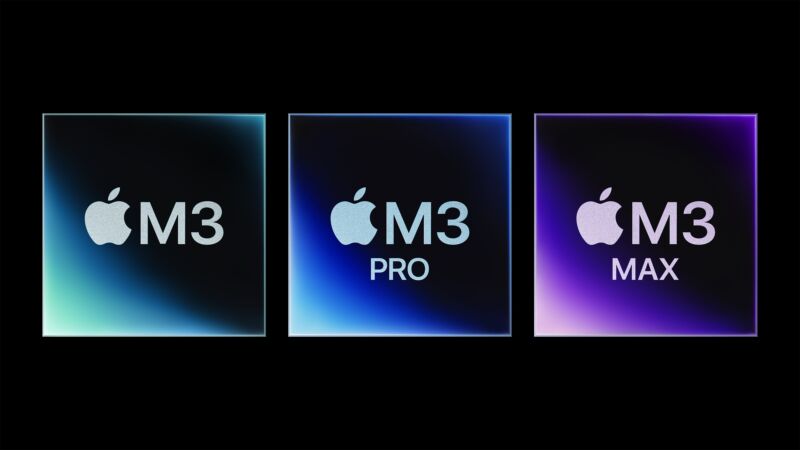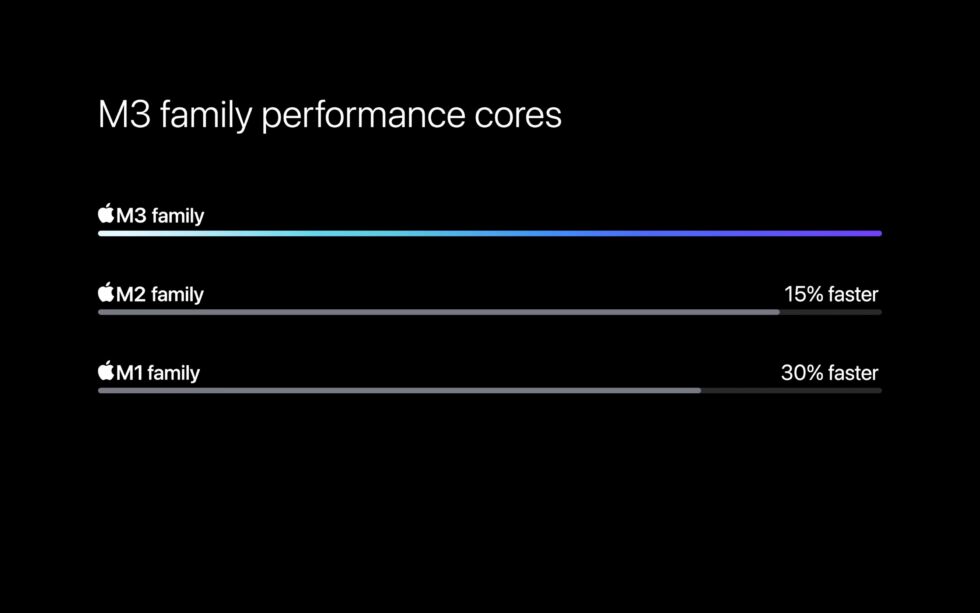-
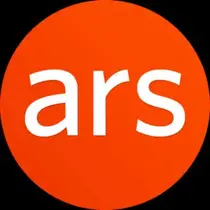 chevron_right
chevron_right
USB hubs, printers, Java, and more seemingly broken by macOS 14.4 update
news.movim.eu / ArsTechnica · Monday, 18 March - 20:06

A couple of weeks ago, Apple released macOS Sonoma 14.4 with the usual list of bug fixes, security patches, and a couple of minor new features. Since then, users and companies have been complaining of a long list of incompatibilities, mostly concerning broken external accessories like USB hubs and printers but also extending to software like Java.
MacRumors has a good rundown of the list of issues, which has been steadily getting longer as people have run into more problems. It started with reports of malfunctioning USB hubs, sourced from users on Reddit , the Apple Support Communities forums , and elsewhere —USB hubs built into various displays stopped functioning for Mac users after the 14.4 update.
Other issues surfaced in the days after people started reporting problems with their USB hubs, including some instances of broken printer drivers, unexpected app crashes for some Java users, and problems launching apps that rely on the PACE anti-piracy software ( and iLok hardware dongles ) to authenticate.



